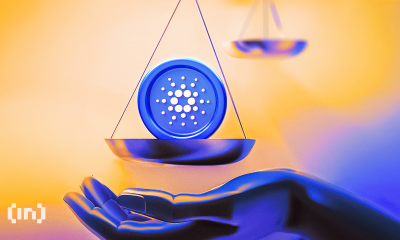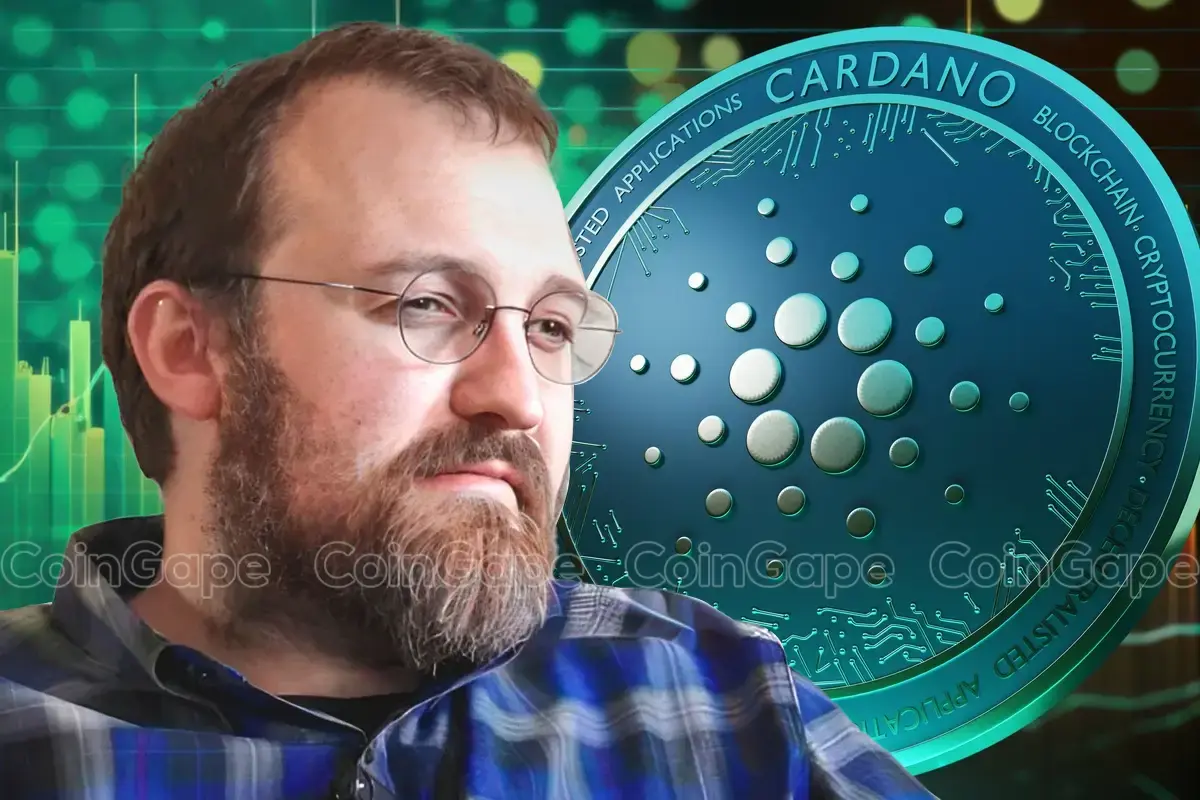Market
Cardano’s Hoskinson Wants Brian Armstrong for US Crypto-Czar
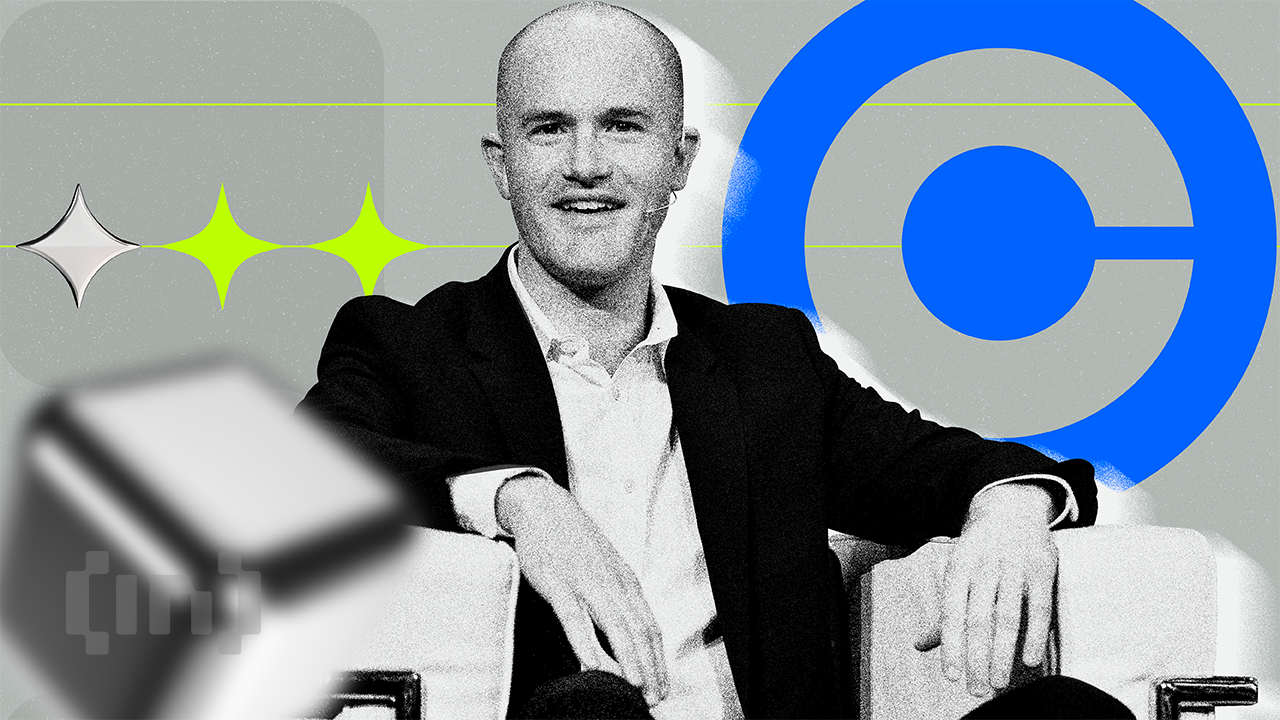

The cryptocurrency industry is abuzz with speculation about the appointment of a potential “Crypto-Czar” in the White House. It comes as President-elect Donald Trump considers creating the role of an advisor to guide federal policy on blockchain and digital assets.
Charles Hoskinson, co-founder of Ethereum and founder of Cardano, proposed Coinbase CEO Brian Armstrong as the ideal candidate for the position. This proposal sparked a spirited debate within the crypto community.
Brian Armstrong: Hoskinson’s Vision for a Crypto-Czar
In a post on X (formerly Twitter), Hoskinson emphasized the importance of appointing a neutral and knowledgeable individual to the role. He highlighted Armstrong’s leadership at Coinbase, the largest cryptocurrency exchange in the US. This, among others, is evidence of his ability to navigate regulatory challenges and foster innovation.
“With respect to the idea of a Crypto-Czar at the White House, I feel the role needs to be filled with someone who is neutral, works with all protocols, and has a deep understanding of why crypto is special,” Hoskinson wrote.
The Cardano executive criticized the current administration under President Joe Biden for its regulatory stance. He called them out for “unfair tactics” and “regulation through enforcement.”
Hoskinson argued that Armstrong could unite the crypto industry and lead legislative efforts to modernize the US regulatory framework for digital assets.
He also shared his plans to assist lawmakers directly, leveraging his experience in helping Wyoming pass 31 crypto-friendly laws. Hoskinson announced Operation Baseline, an initiative by IOHK’s policy division to identify inefficiencies and opportunities in the American cryptocurrency industry.
Community Reactions: Support and Criticism
Hoskinson’s endorsement of Armstrong has drawn mixed reactions. One X user, Maxime, voiced concerns about Armstrong’s association with centralized entities.
“I don’t like the turn personally because Brian is bringing centralization in full swing in crypto. Whether it is technically through Base or via facilitating pension funds like BlackRock with custody,” Maxime argued.
This critique reflects broader apprehensions about Coinbase’s growing influence. Some are concerned about the perceived alignment of its business model with traditional financial (TradFi) institutions.
However, other voices in the crypto community see Armstrong as a pragmatic choice. Ed n’ Stuff, another commenter on X, supported the idea.
“It’s important the crypto czar is not seen as partisan, so everyone buys in (not favoring any chain/ecosystem). A major CEX founder that is involved in a bit of everything makes sense,” the user quipped.
This sentiment highlights Armstrong’s potential to appeal to diverse stakeholders in the crypto space. Besides Coinbase’s Armstrong, another potential candidate may be Brian Brooks, the former Binance.US CEO. Brooks also has a history of serving as Coinbase CLO.
Brooks has extensive experience working with the overlap between cryptocurrency and TradFi, making him a strong contender. His tenure at the US Office of the Comptroller of the Currency (OCC) was marked by initiatives to integrate digital assets into the banking system. These, among other achievements, earned him respect across the industry.
Both Armstrong and Brooks bring distinct strengths to the table. Armstrong’s experience as a pioneer in the crypto exchange space gives him a deep understanding of the market. Meanwhile, Brooks’ regulatory expertise positions him as a bridge between policymakers and the crypto industry.
Nevertheless, Trump’s consideration of a dedicated crypto advisor reflects the growing importance of digital assets in the global economy. Hoskinson believes this move presents a unique opportunity for the US to position itself as a global leader in blockchain innovation. He called on the industry to unite behind a shared vision.
“The president’s goal is to make America the best place in the world to start and run a cryptocurrency and blockchain business,” Hoskinson said.
It remains to be seen whether more candidates will join the race for a Whitehouse Crypto-Czar. Notwithstanding, this debate reflects the challenges of balancing innovation with regulation. While Armstrong’s selection would signal a commitment to industry growth, it also raises questions about the role of centralization in a space rooted in decentralization.
The eventual appointment is expected to help shape the trajectory of US crypto policy for years to come. Whether it is Armstrong, Brooks, or another candidate, the decision will reflect how the next administration plans to address the crypto economy’s complexities while fostering innovation.
Disclaimer
In adherence to the Trust Project guidelines, BeInCrypto is committed to unbiased, transparent reporting. This news article aims to provide accurate, timely information. However, readers are advised to verify facts independently and consult with a professional before making any decisions based on this content. Please note that our Terms and Conditions, Privacy Policy, and Disclaimers have been updated.
Market
Raydium’s New Token Launchpad Competes with Pump.fun
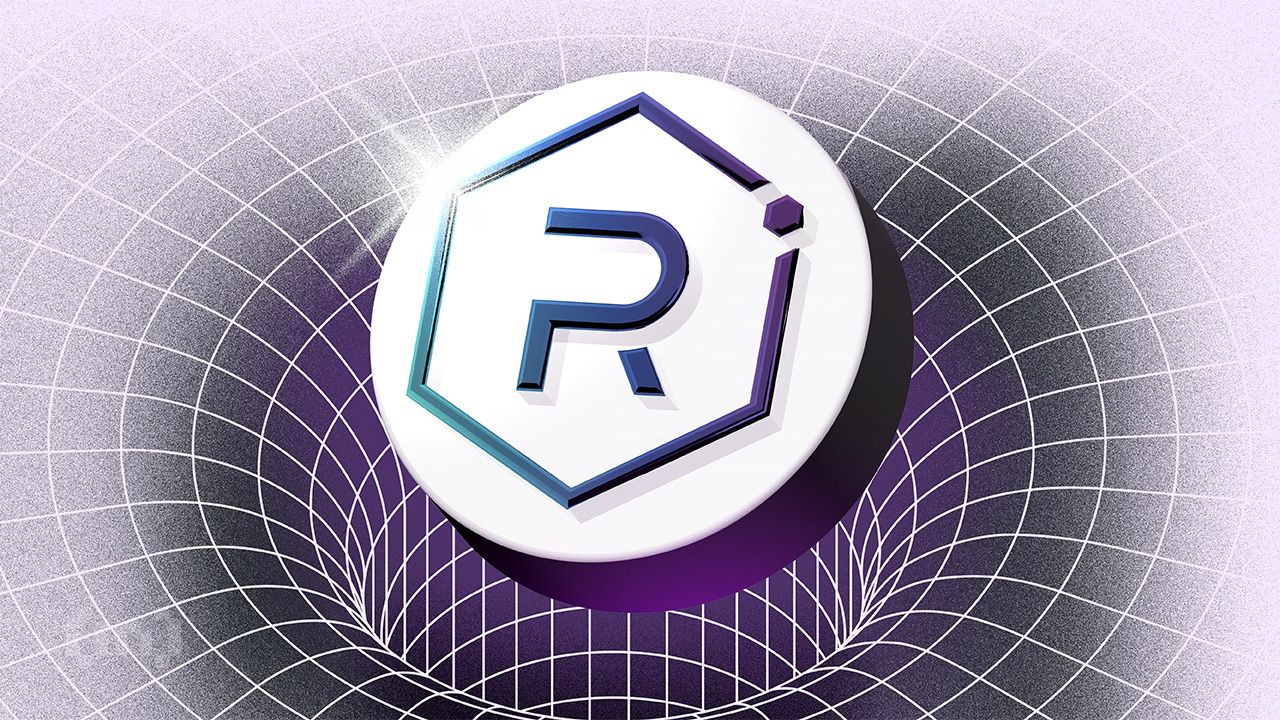
Raydium is releasing LaunchLab, a new token launchpad to compete with Pump.fun. The exchange announced this platform last month, and its full release has sparked community enthusiasm.
Pump.fun and Raydium have been locked in an intense competition in the Solana ecosystem. Last month, Pump.fun launched its own decentralized exchange, and now Raydium has introduced its own launchpad.
Raydium Increases Solana Dominance with new Launchpad
Raydium, Solana’s largest decentralized exchange, has the opportunity to make some serious gains in the near future. Solana meme coins are eyeing a comeback with heightened trade volumes and rising token prices, and the firm is releasing a long-awaited project.
Although it will compete with Pump.fun, Raydium’s launchpad services look more extensive. They will allow all kinds of tokens to be launched, not just meme coins, and these tokens can be directly traded on the exchange.
“Introducing LaunchLab, Raydium’s all-in-one token launchpad. Built for creators, developers, and the community. Get started with JustSendIt mode: launch a token, hit 85 SOL, [and] liquidity migrates to Raydium’s AMM INSTANTLY. Seamless, on-chain token creation. No migration fee. No gatekeepers,” the firm claimed in its launch announcement.
Pump.fun is the most popular meme coin launchpad on Solana, and its business has been intertwined with Raydium in a few ways. Since it launched Pumpswap, its own DEX, both exchanges have fueled a meme coin frenzy.
A month and a half ago, rumors that it was testing an AMM made Raydium’s RAY token drop significantly.
Last month, however, this same asset soared when Raydium first announced Launchpad. Pump.fun entered the DEX sector, and Raydium is enabling users to launch their own meme coins.
Since this launch announcement took place, RAY spiked around 10%, signifying the community’s enthusiasm.

There may be another explanation for this token rally in addition to community hype. Raydium also mentioned that all of Launchpad’s trading fees will go towards ecosystem development.
More specifically, 25% of these fees will directly fund buybacks of RAY tokens, while the other 75% go towards a Community Pool and Program fee.
These other funds can enable a few generous user incentives. Raydium claimed that Launchpad token creators can earn up to 10% of trading fees from the AMM pool post-graduation, and users can also receive SOL tokens from referring new clients. Token creators will also enjoy several other quality-of-life features.
Disclaimer
In adherence to the Trust Project guidelines, BeInCrypto is committed to unbiased, transparent reporting. This news article aims to provide accurate, timely information. However, readers are advised to verify facts independently and consult with a professional before making any decisions based on this content. Please note that our Terms and Conditions, Privacy Policy, and Disclaimers have been updated.
Market
How It’s Impacting the Network
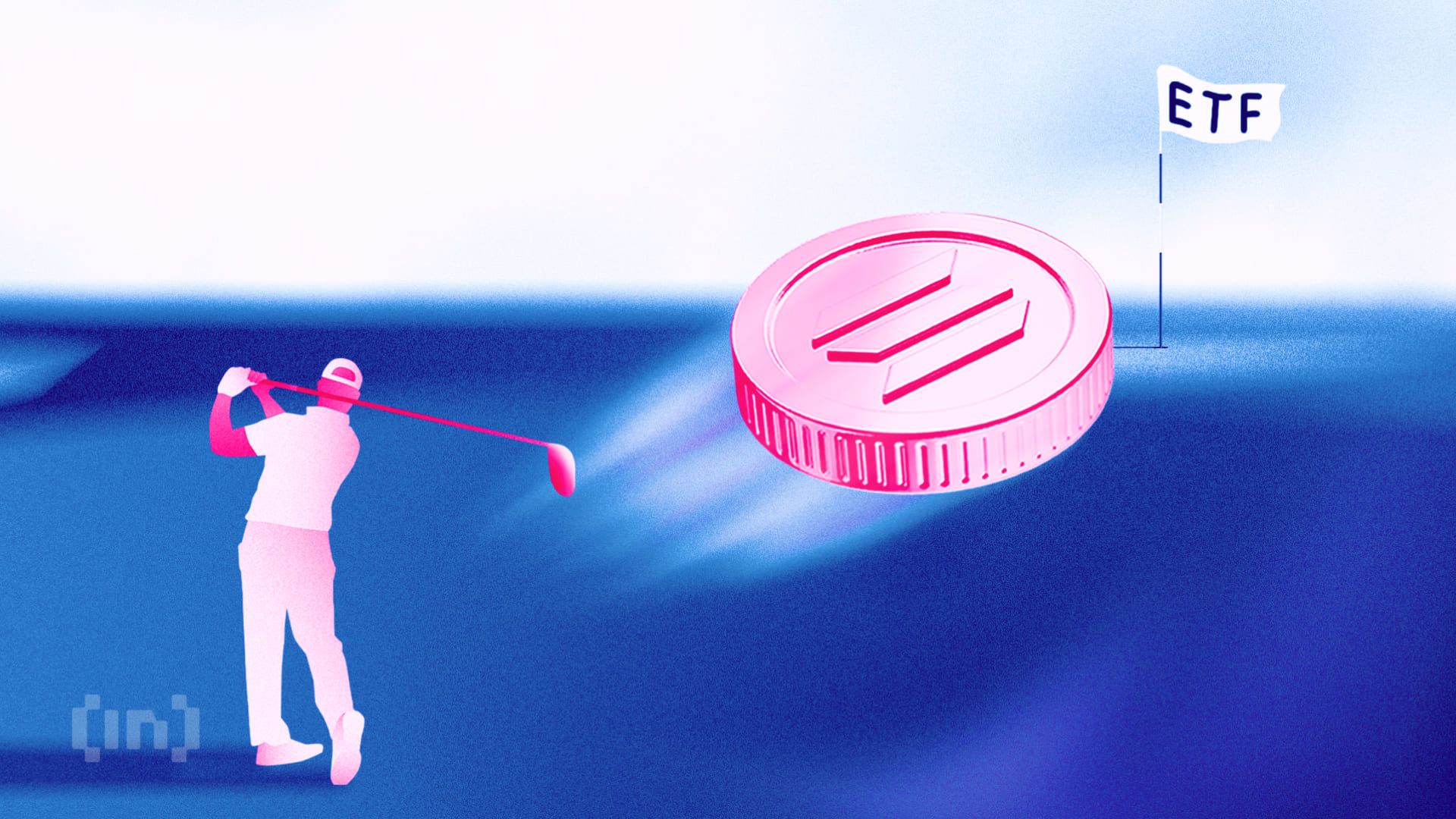
At the beginning of 2025, Layer-1 (L1) blockchain network Solana found itself in the spotlight, thanks to meme coins.
Donald Trump’s Official Trump (TRUMP) meme coin launch on January 17 ignited a flurry of activity across the network, driving demand to levels unseen since the 2021 bull cycle.
While these volatile assets boosted Solana’s network activity and pushed up SOL’s price, they also present a paradox. They have brought in liquidity, users, and attention—but at what cost?
Presidential Memes Pump Solana Into Overdrive
Solana’s cheap, lightning-fast transactions and highly composable DeFi infrastructure make it one of the most preferred blockchains for launching meme coins. So when newly elected Donald Trump launched his TRUMP meme coin on the network in January, it came as no surprise to many.
Following TRUMP’s launch on January 17, demand for Solana skyrocketed, driven on the one hand by developers eager to launch their own meme coins and on the other by the frenzy of trading activity surrounding them.
Melania Trump followed her husband’s lead by launching her MELANIA meme coin on the same chain two days later. This move exacerbated the meme hype and drove significant trade volumes across multiple meme coins, both existing and newly created.
For example, within a day of launch, MELANIA’s trading volume soared 396%, jumping from $1.33 billion to $6.6 billion, according to CoinGecko data.
Solana Memes Took It to the Moon, Then Back Down
This development drove significant user engagement on Solana. According to Glassnode, by January 24, the network was processing 832,000 active addresses per hour, over 26 times more than Ethereum, which recorded just 31,000 per hour.
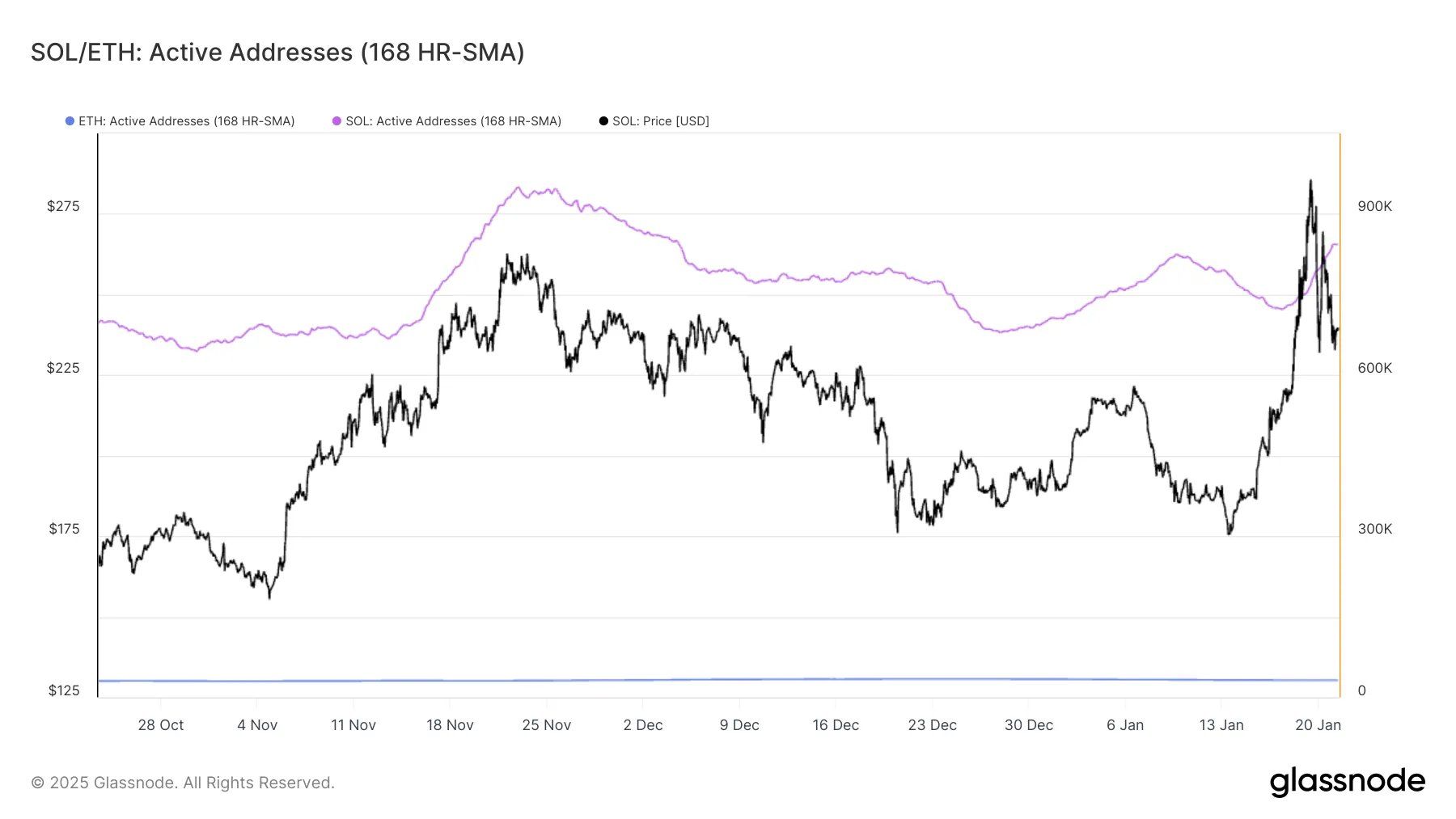
Due to the huge influx of new users on the network, transaction fees rocketed. Per Glassnode, Solana’s total transaction fees climbed to an all-time high of $32.43 million on January 19 after MELANIA launched. On the same day, SOL climbed to an all-time high of $293.
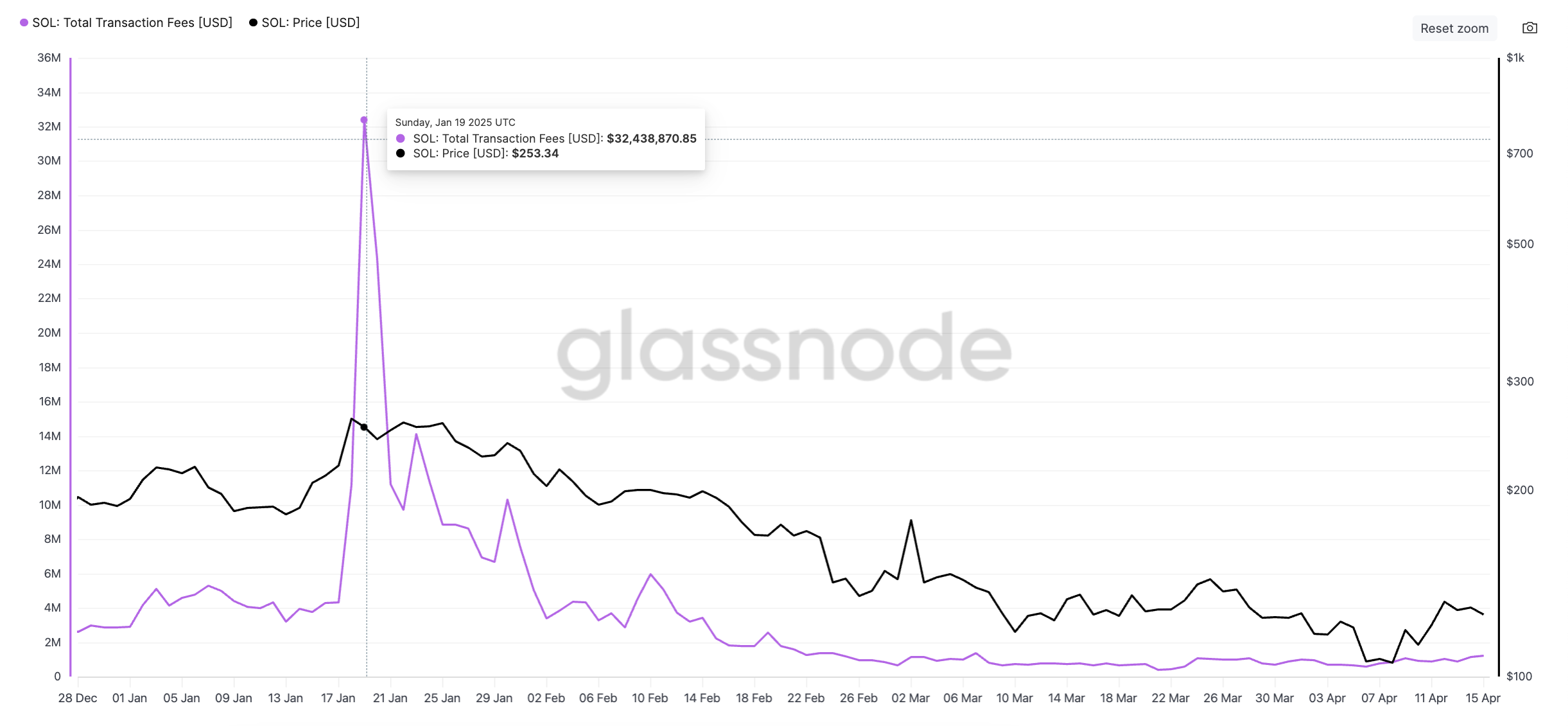
However, market exhaustion set in shortly after this price peak was reached. The meme coin mania began to fade, taking Solana users with it. Daily active addresses and new demand for the L1 plunged, dragging down DEX volume, SOL’s price, and DeFi TVL.
For example, SOL’s DEX volume hit an all-time high of $36 billion on January 19. But as the meme coin hype cooled off, by January 31, it had plummeted to just $3.8 billion, dropping nearly 90%. As of April 15, this totaled $1.5 billion.
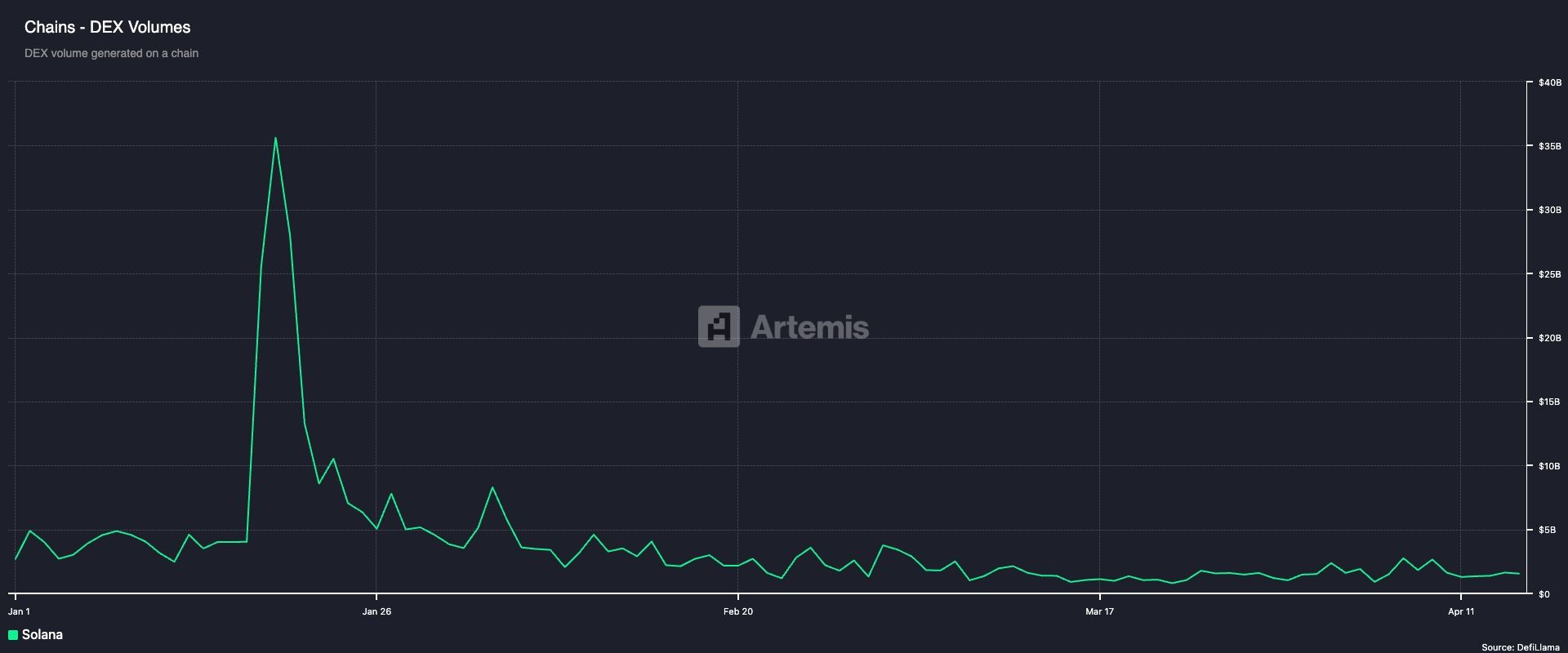
Solana’s network revenue was not spared. Daily revenue, which rose to an all-time high of $16 million on January 19, plummeted to under $5 million by the end of January. Yesterday, the network’s total revenue from all transactions completed was under $115,000.

Solana Has Bigger Plans, Analyst Says
While TRUMP, MELANIA, and the slew of other meme coins that launched on Solana in the first few weeks of the year drove unprecedented network activity and boosted SOL’s value, the drop in their values and overall trading volumes has impacted the network’s performance.
It then raises the question of whether Solana’s actual value is now tied to this highly volatile, borderline chaotic asset class.
In an exclusive interview with BeInCrypto, Binance Research spokesperson Marina Zibareva noted that while these meme assets contributed to the network’s growth at the beginning of the year, Solana’s performance remains “increasingly driven by broader ecosystem fundamentals.”
According to Zibareva:
“We’ve seen DeFi TVL grow nearly 4x in SOL terms since January, and stablecoin supply has increased over 6x – pointing to lasting interest in real utility. Developer activity is also accelerating, with smart contract deployments rising almost 6x, suggesting strong long-term potential beyond the speculative wave.”
Although Solana’s inherent features make it a go-to destination for launching meme coins via platforms like Pump.fun, Jupiter, and Meteora, Zibareva sees a future for the network that stretches beyond meme coins.
“Meme coins have brought attention and users, but the long-term trajectory likely points toward use cases like DeFi, DePIN, Gaming, and SocialFi. Solana’s daily active addresses have increased nearly 6x year-to-date, and with its infrastructure battle-tested, we expect to see more developer activity focused on sustainable value creation,” she added.
Disclaimer
In line with the Trust Project guidelines, this price analysis article is for informational purposes only and should not be considered financial or investment advice. BeInCrypto is committed to accurate, unbiased reporting, but market conditions are subject to change without notice. Always conduct your own research and consult with a professional before making any financial decisions. Please note that our Terms and Conditions, Privacy Policy, and Disclaimers have been updated.
Market
DWF Invests $25 Million in Trump’s World Liberty Financial
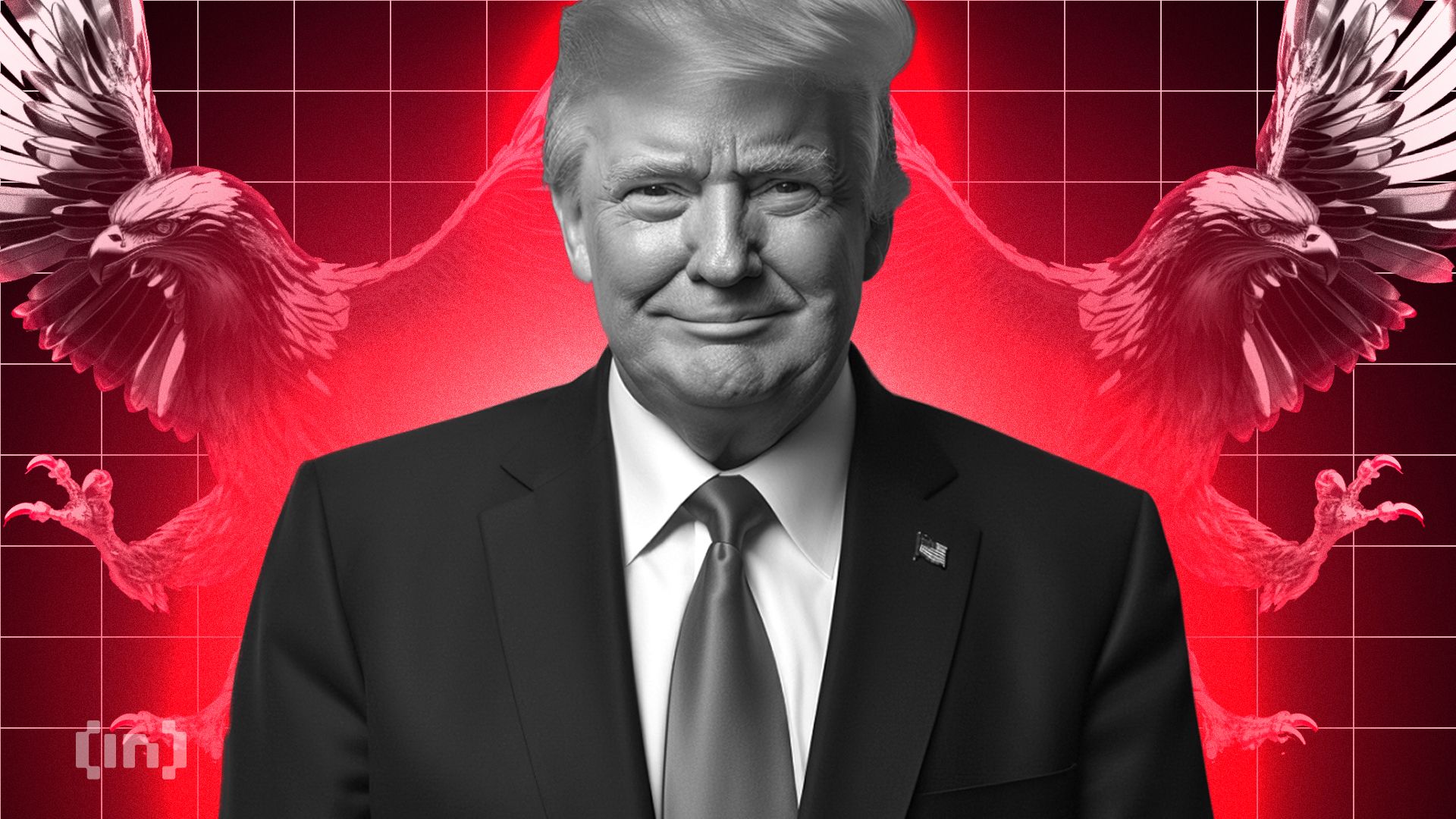
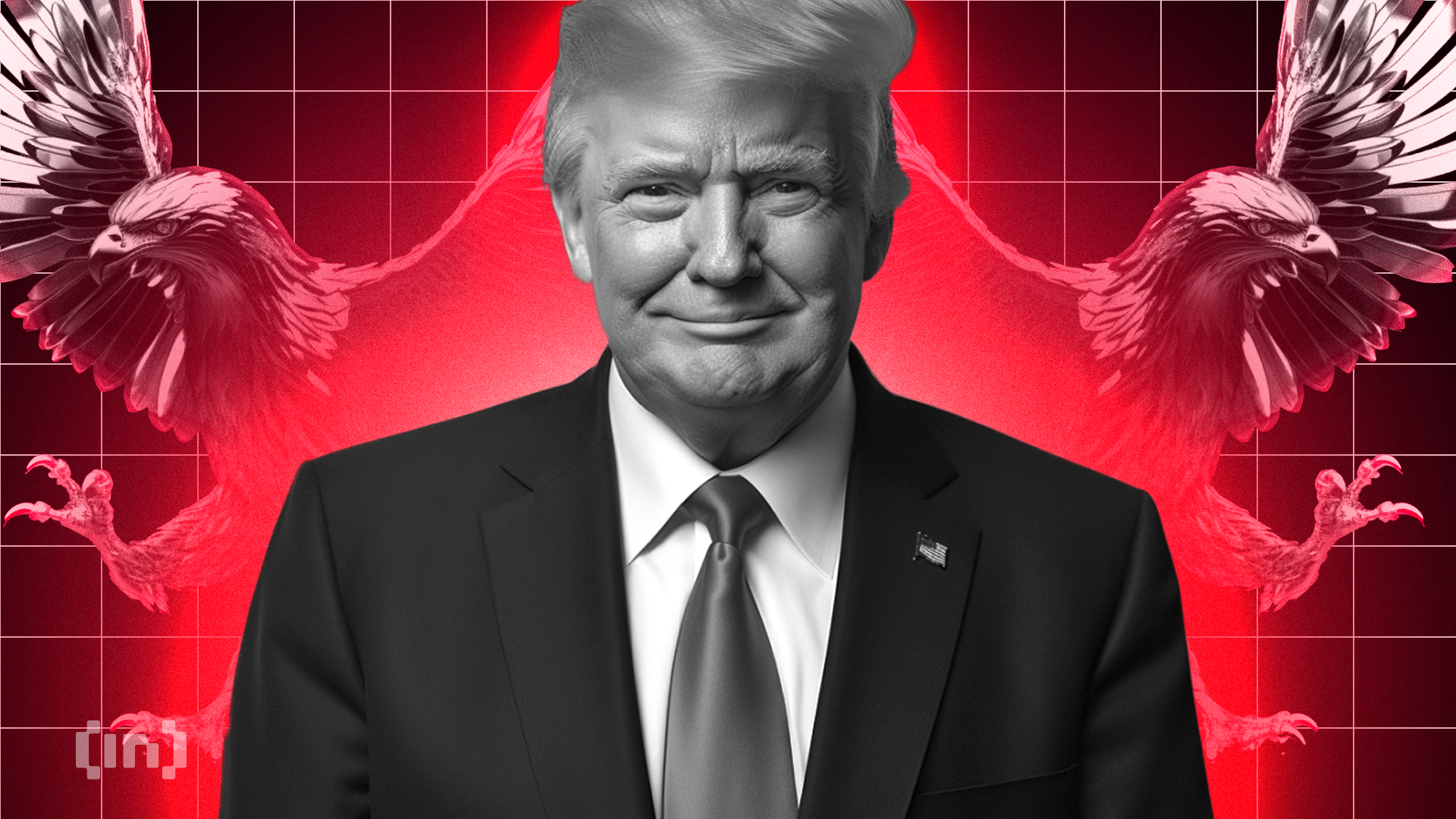
DWF Labs announced today that it invested $25 million into Trump Family-backed World Liberty Financial and is planning to open an office in New York City. It hopes to use this office to drive new relationships with regulators, financial institutions, and more.
Although this partnership would potentially create more liquidity opportunities for the US crypto market, previous allegations against DWF have raised some concerns about political misconduct.
Understanding DWF Labs’ Investment in WLFI
World Liberty Financial (WLFI), one of the Trump family’s major crypto ventures, has been making some big moves since the President’s inauguration in January.
The DeFi project allegedly entered talks with Binance to launch a new stablecoin, and it officially announced USD1 shortly after. Today, WLFI has entered a new partnership with Dubai-based Web3 investment firm DWF Labs.
“The US is the world’s largest single market for digital asset innovation. Our physical presence reflects our confidence in America’s role as the next growth region for institutional crypto adoption. Moreover, the USD1 stablecoin and forthcoming global DeFi solutions align with our broader mission to improve financial services,” claimed Managing Partner Andrei Grachev.
DWF’s statement includes a few key details about its new relationship with WLFI. It essentially boils down to two key points: the firm has already purchased $25 million in WLFI tokens, and it plans to open a physical office in New York City.
On a positive note, this partnership could be significant for the overall US crypto market. DWF Labs has a portfolio of over 700 crypto projects.
So, physically setting up a hub in New York will give me regulatory freedom and the opportunity to invest directly in the local crypto market. This would potentially open up more liquidity for upcoming Web3 projects and startups in the US
Concerns of Financial Misconduct
Although DWF Labs is a popular market maker, it has been at the center of major controversies. Last year, it was accused of wash trading and market manipulation, and Binance allegedly shut down its internal investigation due to financial incentives.
Also, one of its partners was dismissed back in October over allegations of drugging a job applicant. So, the firm’s credibility and reputation have been shaky in recent times.
This is to say that the crypto community has reasons to worry about a deal between DWF and World Liberty Financial. A report from late March determined that most WLFI revenues go directly to Trump’s family.
WLFI owners are unable to actually trade their tokens, and the stated governance use of the assets seems unclear. In other words, there isn’t a clear reason why anyone would invest.
The growing concern is that firms like DWF would invest in WLFI as an easy tool for political corruption. Shortly after the election, Tron founder Justin Sun invested $30 million into World Liberty. Trump’s family apparently got most of this money, and the SEC settled a fraud case against Tron in February.
If DWF Labs invested a similar amount in WLFI, could this give it some legal protection? The Department of Justice already gutted its Crypto Enforcement Team, and New York’s US Attorney also signaled its intent to stop crypto prosecutions.
As this deal goes forward, it will be important to look for signs of any possible financial misconduct.
BeInCrypto has contacted DWF Labs about the 2024 market manipulation claims but has yet to receive a reply.
Disclaimer
In adherence to the Trust Project guidelines, BeInCrypto is committed to unbiased, transparent reporting. This news article aims to provide accurate, timely information. However, readers are advised to verify facts independently and consult with a professional before making any decisions based on this content. Please note that our Terms and Conditions, Privacy Policy, and Disclaimers have been updated.
-

 Market23 hours ago
Market23 hours agoBitcoin Eyes $90,000, But Key Resistance Levels Loom
-
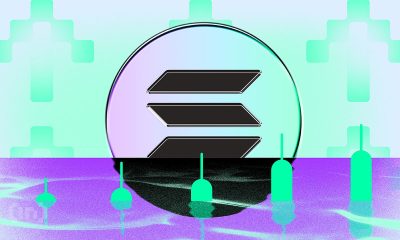
 Market19 hours ago
Market19 hours agoSolana (SOL) Jumps 20% as DEX Volume and Fees Soar
-

 Market18 hours ago
Market18 hours agoHedera Under Pressure as Volume Drops, Death Cross Nears
-

 Ethereum19 hours ago
Ethereum19 hours agoEthereum Metrics Reveal Critical Support Level – Can Buyers Step In?
-

 Bitcoin22 hours ago
Bitcoin22 hours agoBitcoin Adoption Grows As Public Firms Raise Holdings In Q1
-

 Market17 hours ago
Market17 hours agoEthena Labs Leaves EU Market Over MiCA Compliance
-
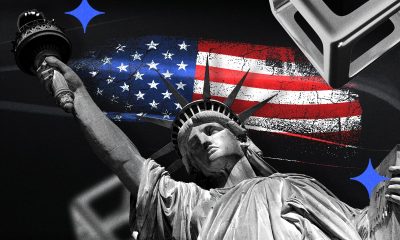
 Market15 hours ago
Market15 hours ago3 US Crypto Stocks to Watch Today: CORZ, MSTR, and COIN
-

 Market14 hours ago
Market14 hours agoBitcoin Price on The Brink? Signs Point to Renewed Decline









